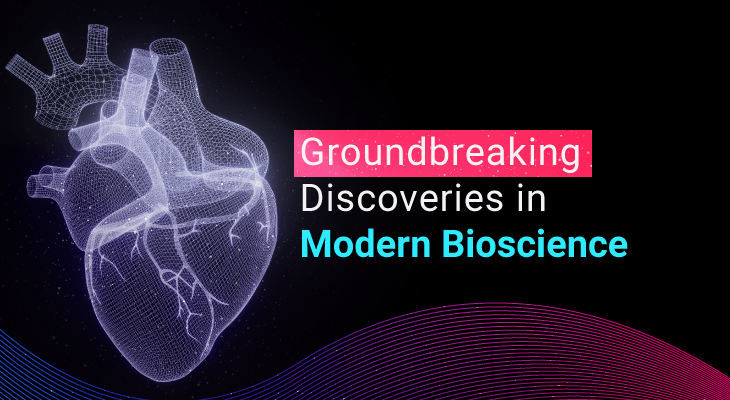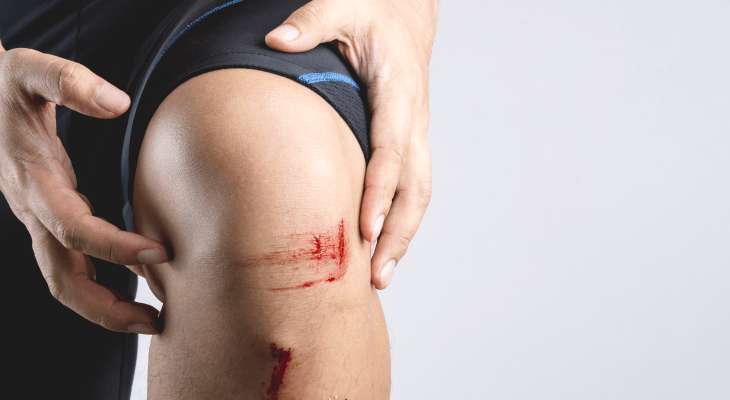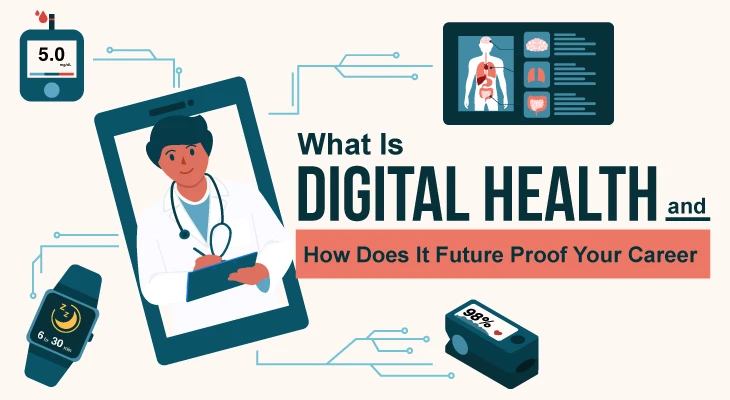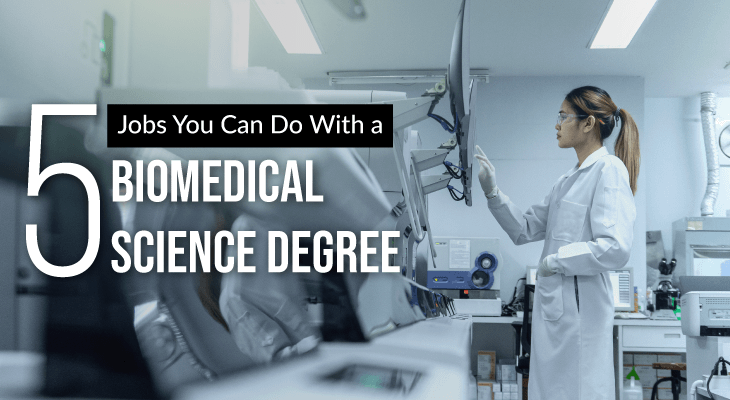6 Groundbreaking Discoveries in Modern Bioscience That Will Shock You
Did you know that we can 3D print organs now? Check out these other groundbreaking discoveries in bioscience that will blow your mind!
Updated 20 May 2022

There’s no doubt that there have been many remarkable discoveries in the long history of bioscience. From the theory of evolution to the discovery of antibiotics and defining DNA structure, bioscience is constantly shaping everything we know of today.
As bioscience rapidly advances with technology, we reveal some of the groundbreaking discoveries in modern bioscience that will leave you awestruck by the wonders of science.
#1. Cloning of the first mammal named Dolly

If you think cloning is impossible and it’s only reserved for the Hollywood screens, you’re quite mistaken.
In 1996 at the Roslin Institution in Scotland, scientists have successfully cloned a female domestic sheep using adult somatic cells from the mammary glands through the process of nuclear transfer. Her creation was diploid; using half the genetic material coming from sperm and half from an egg forming a single cell. Dolly grew to be a perfectly normal sheep that bred 6 normal lambs.
The purpose of this experiment was to develop a better method for producing genetically modified livestock. Since Dolly, other animals such as pigs, deer, horses and bulls have been cloned. In fact, scientists have even attempted to clone recently extinct animals by resurrecting them from frozen tissues!
DID YOU KNOW
Dolly the sheep was actually named after iconic country singer Dolly Parton!
#2. Completing the human genome map

Have you ever wondered how scientists and doctors can identify diseases in cells and other genetic variations such as Huntington disease, cystic fibrosis and even Down’s syndrome? This is all because of genetic mapping or linkage mapping.
A genetic map shows the relative locations of genes and other significant features by following inheritance patterns. This allows us to know if a disease is transmitted from parent to child and is related to which gene.
To create a genetic map, scientists needed to piece together different types of genetics. In 2003, The Human Genome Project made a breakthrough by sequencing an accurate map of the human genome which covers 99.9% of the gene regions. The project took more than 10 years to complete with contributions from scientists from all over the world.
The map shows intricate details of every chromosome placement with genetic material that makes us human. This information can significantly benefit scientists to not only discover genetic diseases better, but also unearth new discoveries such as the reasoning behind a person’s body odour or someone’s addiction tendencies.

#3. 3D printing of organs

What if you’re told that organ donation will one day go obsolete and will soon be replaced with 3D printing of organs? You might shake your head in disbelief — but it’s happening!
Bioprinting is a massive development that’s making its way into the medical field through 3D printers and human stem cells. A group of scientists from the Wake Forest Institute for Regenerative Medicine have spent 30 years working to grow tissues and organs and develop healing cell therapies for more than 40 different areas of the body with the help of bioprinting.
It works the same way as a 3D printer where a computer model is placed inside the printer and processes successive layers of biocompatible plastic. This material acts as a skeleton for the printed organ. Human cells such as osteoblasts (stem cells that make bones) and chondrocytes (stem cells that help make cartilage) will also be seeded into the organ that’s being printed on. Once done, the organ will be transferred into an incubation chamber for the cells to grow.
So far, scientists have successfully bioprinted and transplanted a bladder and other parts such as ear, bone and skin are undergoing clinical trials. While the process for 3D printing may take a while, it can greatly benefit the healthcare by offering solutions to the shortage of organ donors.
PRO TIP
A career in biotechnology can be an incredibly rewarding job for someone who likes to invent new things to help people. If you’re interested in being a biotechnologist or scientist, pursue a bioscience degree!
Apply for university with EduAdvisor
Secure scholarships and more when you apply to any of our 100+ partner universities.
Start now#4. Treating type 2 diabetes with a microneedle

Diabetes is one of the most prevalent diseases in the world with about 422 million people being diagnosed with it. While there are various forms of medication to treat diabetes, scientists have discovered a more effective way to deliver treatment without causing any pain or side effects.
The microneedle patch is an intelligent device that releases biochemicals to regulate blood glucose levels in response to an individual’s sugar levels, only delivering treatment when sugar levels are higher than they should be. These microneedles are arranged in a patch and are so tiny that they can penetrate the dermal layer of the skin without causing any pain. And because biochemicals are only released when needed, it also helps to reduce side effects.
While this treatment is still undergoing clinical trials, the possibility for diabetes to be treated efficiently and painlessly is on the way!
#5. “Hacking” tissues to heal wounds without scars

Whether it’s from a surgical procedure, cooking mishaps or a traumatic accident, scarring and disfigurements can last a lifetime. While there are existing steps to reduce the appearance of existing scars, scientists have discovered just how to heal fresh wounds back to normal, regenerated skin.
The secret lies in converting scar tissue to adipocytes (fat cells), something previously thought to be only possible in fish and amphibians. Fat cells are normally found in the skin but are lost when wounds heal as scar tissue. Scar tissue looks different from regular skin because it does not contain any fat cells or hair follicles.
Scientists have now discovered that by inducing the growth of hair follicles first, myofibroblasts (a common healing cell in wounds) are converted to adipocytes (fat cells). As a result, the regenerated skin looks similar to pre-existing skin, helping wounds heal without scarring. To boot, this method can also lead to new anti-aging treatments for wrinkled skin!

#6. Inventing robotic limbs fully controlled by the brain

Prosthetic limbs and robotic arms are not a new thing. The first evidence of prosthetic limb can be traced back to the 300 B.C. However, as technology and scientific advances, scientists have figured out a way to have prosthetic limbs that can be controlled by the brain.
A group of researchers from Sweden have found a way to surgically implant a prosthetic arm to the bone, muscle and nerves through a process called osseointegration. The implanted electrodes are able to pick up brain signals, allowing users to feel, move and use their prosthetic limbs in a natural way.
This is a huge development for amputees as traditional prostheses are often uncomfortable and painful, causing many to abandon them after some time.
Are you surprised by any of these? As science and technologies continue to advance, more breakthroughs in bioscience have become possible every day. Who knows what we will discover next!






